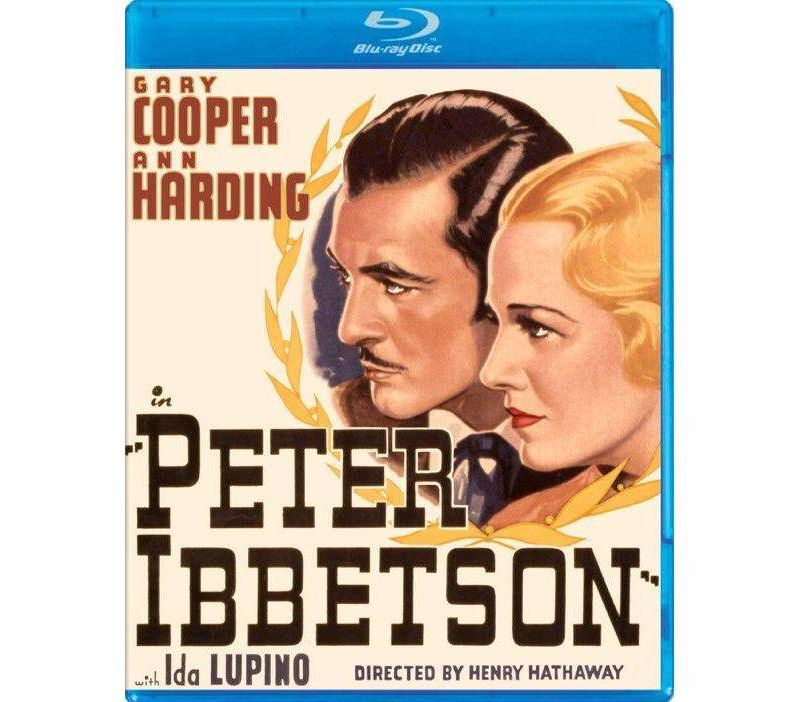- Clothing, Shoes, Jewelry & Watches
- Home, Garden, Outdoor & Pets
- Electronics
- Audio, Video & Portable Devices
- Cables
- Adapters & Gender Changers
- Headsets, Speakers & Soundcards
- Power Protection
- 3D Printing
- Video Cards & Video Devices
- Tools & Components
- Sound Cards
- Alternative Energy
- Barebone / Mini Computers
- SSDs
- Accessories
- Mobile Accessories
- Storage Devices
- Personal Care
- Healthcare
- Home Theatre Systems
- Laptops, Computers & Office
- Speakers & Audio Systems
- Tech Services & Support
- Projectors, TVs & Home Theater
- Wi-Fi & Networking
- Cell Phones
- Electronics Deals
- Headphones
- Tablets & E-Readers
- Digital Cameras
- Home Phones
- Tech Accessories
- Electronics Sanitizing & Cleaning Supplies
- Smart Home
- Batteries, Power Banks & Chargers
- Wearable Technology
- GPS & Navigation
- Movies, Music, Books & Games
- Luggage
- Bible Covers
- Briefcases
- Camo
- Coolers
- Toiletry Bags
- Tote Bags
- Backpacks
- Carry-on Luggage
- Checked Luggage
- Lunch Bags
- Travel Accessories
- Luggage Deals
- Laptop Bags & Briefcases
- Kids' Luggage
- Duffels & Gym Bags
- Suitcases
- RFID Blocking Luggage & Travel Accessories
- Luggage Sets
- Mens' Luggage
- Handbags
- Accessories
- Outdoor
- Beauty Luggage
- Travel Totes
- Garment Bags
- Weekenders
- Messenger Bags
- Beauty & Health
- Category List
- Clothing, Shoes, Jewelry & Watches
- Home, Garden, Outdoor & Pets
- Electronics
- Audio, Video & Portable Devices
- Cables
- Adapters & Gender Changers
- Headsets, Speakers & Soundcards
- Power Protection
- 3D Printing
- Video Cards & Video Devices
- Tools & Components
- Sound Cards
- Alternative Energy
- Barebone / Mini Computers
- SSDs
- Accessories
- Mobile Accessories
- Storage Devices
- Personal Care
- Healthcare
- Home Theatre Systems
- Laptops, Computers & Office
- Speakers & Audio Systems
- Tech Services & Support
- Projectors, TVs & Home Theater
- Wi-Fi & Networking
- Cell Phones
- Electronics Deals
- Headphones
- Tablets & E-Readers
- Digital Cameras
- Home Phones
- Tech Accessories
- Electronics Sanitizing & Cleaning Supplies
- Smart Home
- Batteries, Power Banks & Chargers
- Wearable Technology
- GPS & Navigation
- Movies, Music, Books & Games
- Luggage
- Bible Covers
- Briefcases
- Camo
- Coolers
- Toiletry Bags
- Tote Bags
- Backpacks
- Carry-on Luggage
- Checked Luggage
- Lunch Bags
- Travel Accessories
- Luggage Deals
- Laptop Bags & Briefcases
- Kids' Luggage
- Duffels & Gym Bags
- Suitcases
- RFID Blocking Luggage & Travel Accessories
- Luggage Sets
- Mens' Luggage
- Handbags
- Accessories
- Outdoor
- Beauty Luggage
- Travel Totes
- Garment Bags
- Weekenders
- Messenger Bags
- Beauty & Health
- Baby & Toys
- Sports & Outdoors
- School & Office Supplies
- Breakroom & Janitorial Supplies
- Diaries
- Utility & Stationary
- Pens & Pencils
- Teacher Supplies & Classroom Decorations
- Paper
- Markers
- Binders
- School Supplies
- Packing & Mailing Supplies
- Tape, Adhesives & Fasteners
- Boards & Easels
- Crayons
- Desk Organization
- Pencils
- Filing & Organizers
- Journals
- Pens
- Labels & Label Makers
- Tools & Equipment
- Calendars
- Sticky Notes
- Notebooks
- Erasers & Correction Tape
- Pencil Cases
- Planners
- Retail Store Supplies
- Highlighters
- Locker Accessories
- Cute School Supplies
- School & Office Accessories
- Food & Grocery
- Shops All
- Unique-Bargains
- Cool cold
- Wesdar
- i-Star
- CoCoCo
- Targus
- Cooling Device Accessories
- Xtrike Me
- Tech/Gaming
- Gift Cards
- Women's Accessories
- Flash
- Men's Clothing
- Gift Ideas
- Brand Experiences
- Sale on Select School & Art Supplies
- Jewelry
- Featured Brands
- Nursing Items
- Storage
- Men's Shoes
- College
- School & Office Supplies
- Bullseye's Playground
- PRIDE
- Women's and Men's Shoes & Accessories
- Holiday Trees, Lights & More Sale
- Women's Dresses
- Gingerbread
- Caregiver Essentials
- Baby Bath
- select School Supplies
- Doorbusters
- Bedding & Bath
- Women's Sandals
- Sandals for the Family
- Men's Accessories
- Shops All
- One-day Easter sale
- select Health Items
- Friendsgiving
- Women's Tops, Shorts & Shoes
- Made By Design Organization
- Baby Mealtime
- For New & Expecting Parents
- Crayola Kids' Daily Deal
- Spritz Party Supplies
- Wellness Icon Glossary
- Our Generation Dolls & Accessories Kids' Daily Deal
- select Home items
- Mas Que
- Baby Apparel
- Children's Board Books Kids' Daily Deal
- Select Office Furniture
- Most-added Wedding Registry Items
Buy Indiscretion Of An American Wife (DVD)(2020) in United States - Cartnear.com
Indiscretion Of An American Wife (DVD)(2020)
CTNR0162 0738329230975 CTNR0162$ 11.42 $ 11.54 1% Off
*Product availability is subject to suppliers inventory
SHIPPING ALL OVER UNITED STATES
100% MONEY BACK GUARANTEE
EASY 30 DAYSRETURNS & REFUNDS
24/7 CUSTOMER SUPPORT
TRUSTED AND SAFE WEBSITE
100% SECURE CHECKOUT
Movie Studio: Kino International
Movie Genre: Romance
Run Time (minutes): 63
Software Format: DVD
Language: English
Two lovers spend the night in a Rome train station, undecided on whether or not to continue their affair. The woman, formerly a dedicated housewife and mother, cannot imagine life without her family back home in America, while the man cannot imagine a life without her. As the panorama of life in the station unfolds around them, they both realize that saying goodbye will be more painful than either of them could possibly have imagined...
After the relative failures of Duel in the Sun (1946) and The Paradine Case (1947), legendary producer David O. Selznick was seeking a new direction. An avid movie aficionado, he had become interested in the Italian neorealist works of Vittorio De Sica (The Bicycle Thief, Miracle in Milan). A collaboration, however seemingly unlikely, was soon in the works. De Sica conceived of a film set entirely in an Italian train station, with a variety of stories going on at once. The incompatibility between the two cinema legends quickly became apparent when Selznick demanded that his wife, movie star Jennifer Jones, star. De Sica's ideas for side stories faded into the background or were completely jettisoned as the story was reconstructed to focus on a Philadelphia housewife forced to leave her Italian lover behind. Montgomery Clift, hot on the heels of his Academy Award-nominated role in A Place in the Sun (1951) was chosen to co-star. Cast as Jones' adoring nephew was a young Richard Beymer in his first role. He would later play Tony in West Side Story (1961) and Mr. Horne on Twin Peaks (1988-1991). Filming was turbulent as Selznick and De Sica, both used to having final say on their pictures, battled for control. The screenplay by De Sica's usual collaborator Cesare Zavattini was rewritten by both Truman Capote and Carson McCullers at Selznick's request (Capote receives a "Dialogue by" credit, though he later told an interviewer he only worked on two scenes.) De Sica shot in his trademark neorealist style, but Selznick panicked when he realized that there were no closeups of Jones. They compromised by bringing English cinematographer (and frequent John Huston collaborator) Oswald Morris on set to do the requisite Hollywood glamor shots. Ultimately De Sica had a two hour film entitled Terminal Station, which he was allowed to release unadulterated in Italy, while Selznick was free to take the footage back to America to re-edit as he pleased. Removing the last vestiges of De Sica's subplots and adding Morris' lingering closeups of Jones and Clift, the producer emerged with Indiscretion of an American Wife, a picture that more closely resembled a big-budget Hollywood movie. Even then, Selznick ran into trouble with the Production Code Administration, who were concerned with its "improper treatment of adultery." Further edits made it, in Selznick's words, "the most moral picture ever to come out of Europe." The final American version ran only 63 minutes. Indiscretion of an American Wife would receive an Oscar nomination for Christian Dior's costume design at the 27th Annual Academy Awards.





































